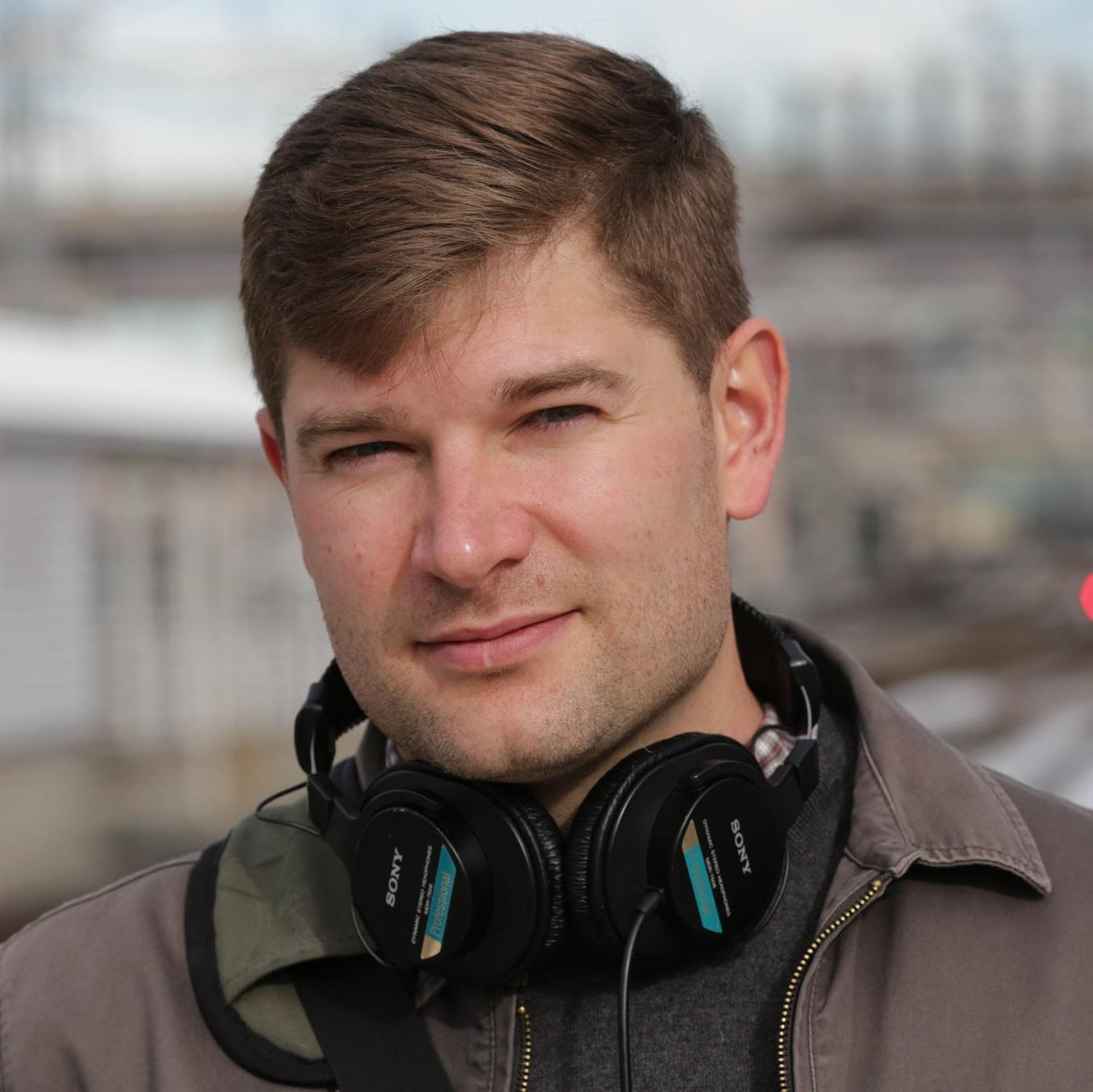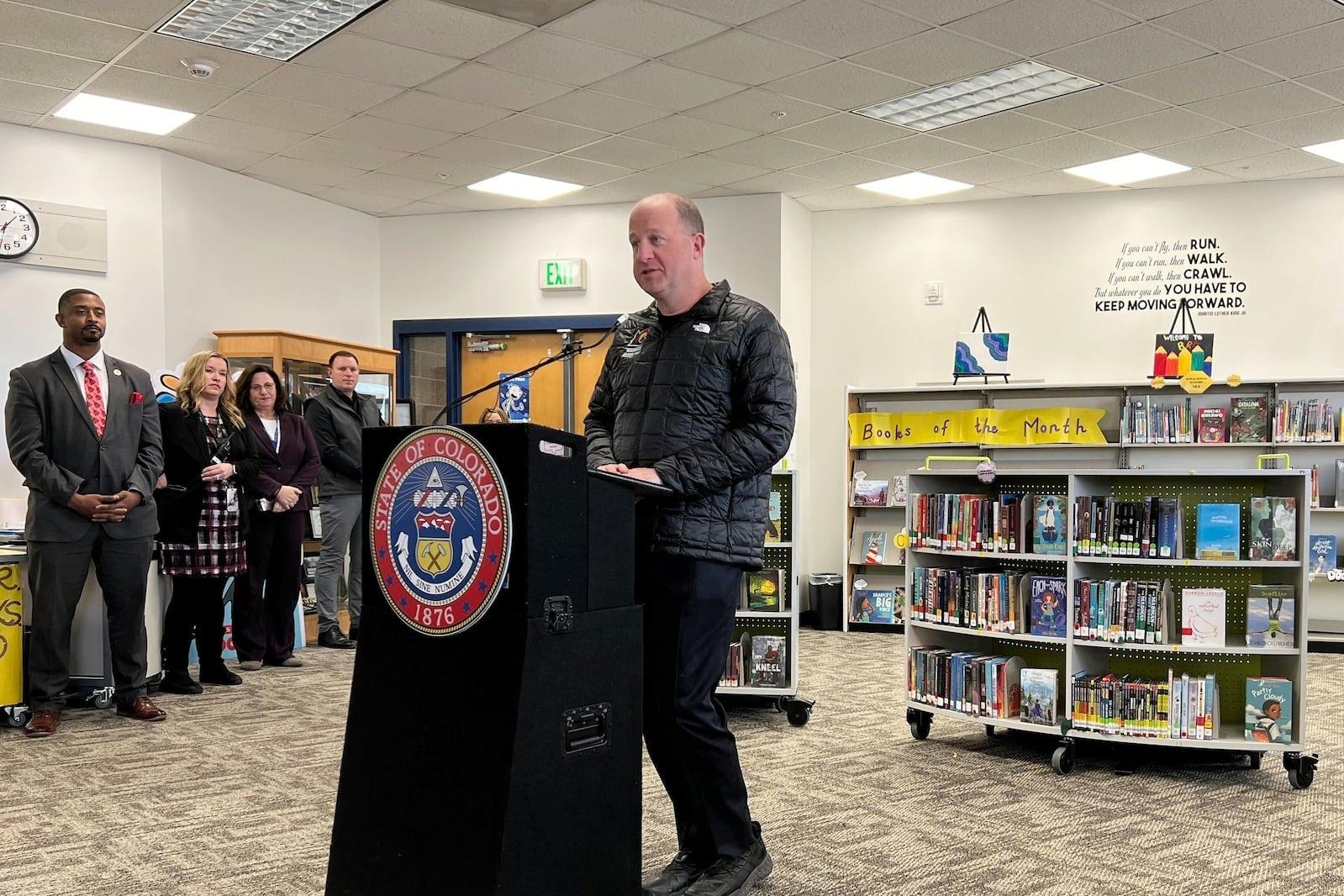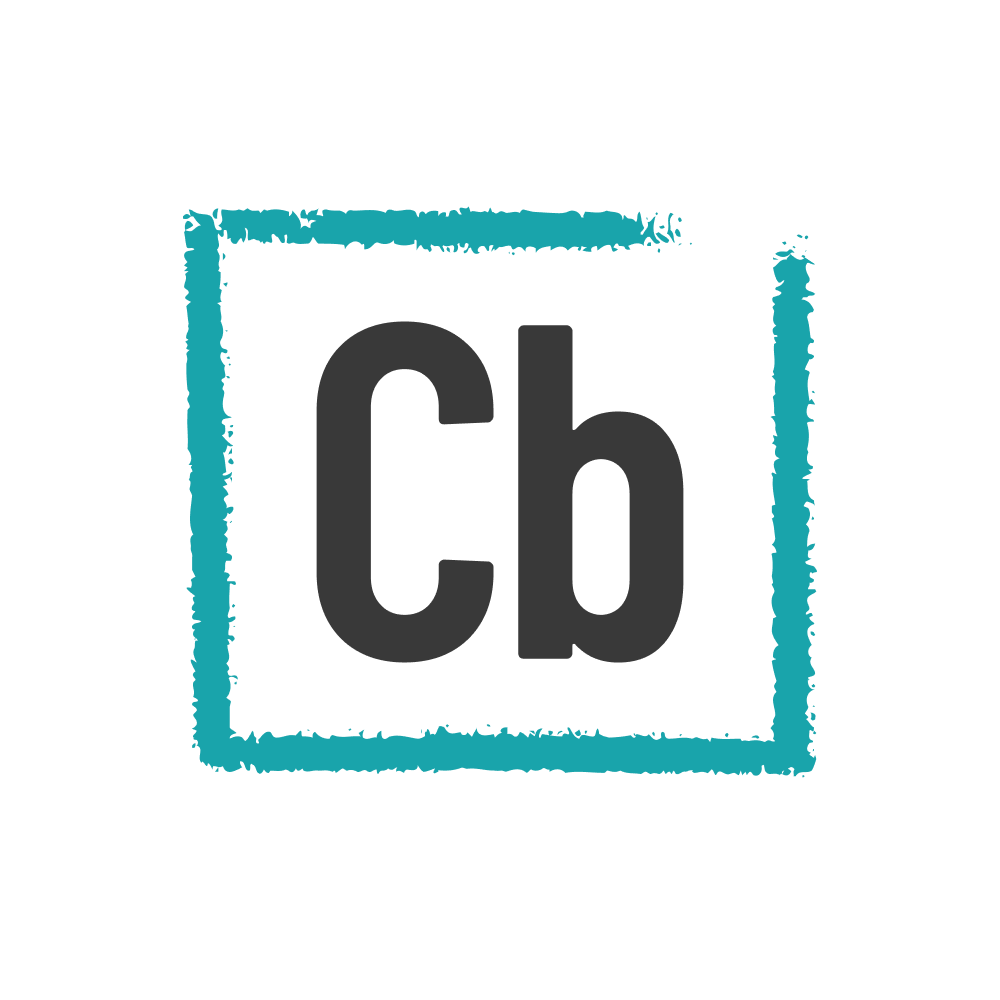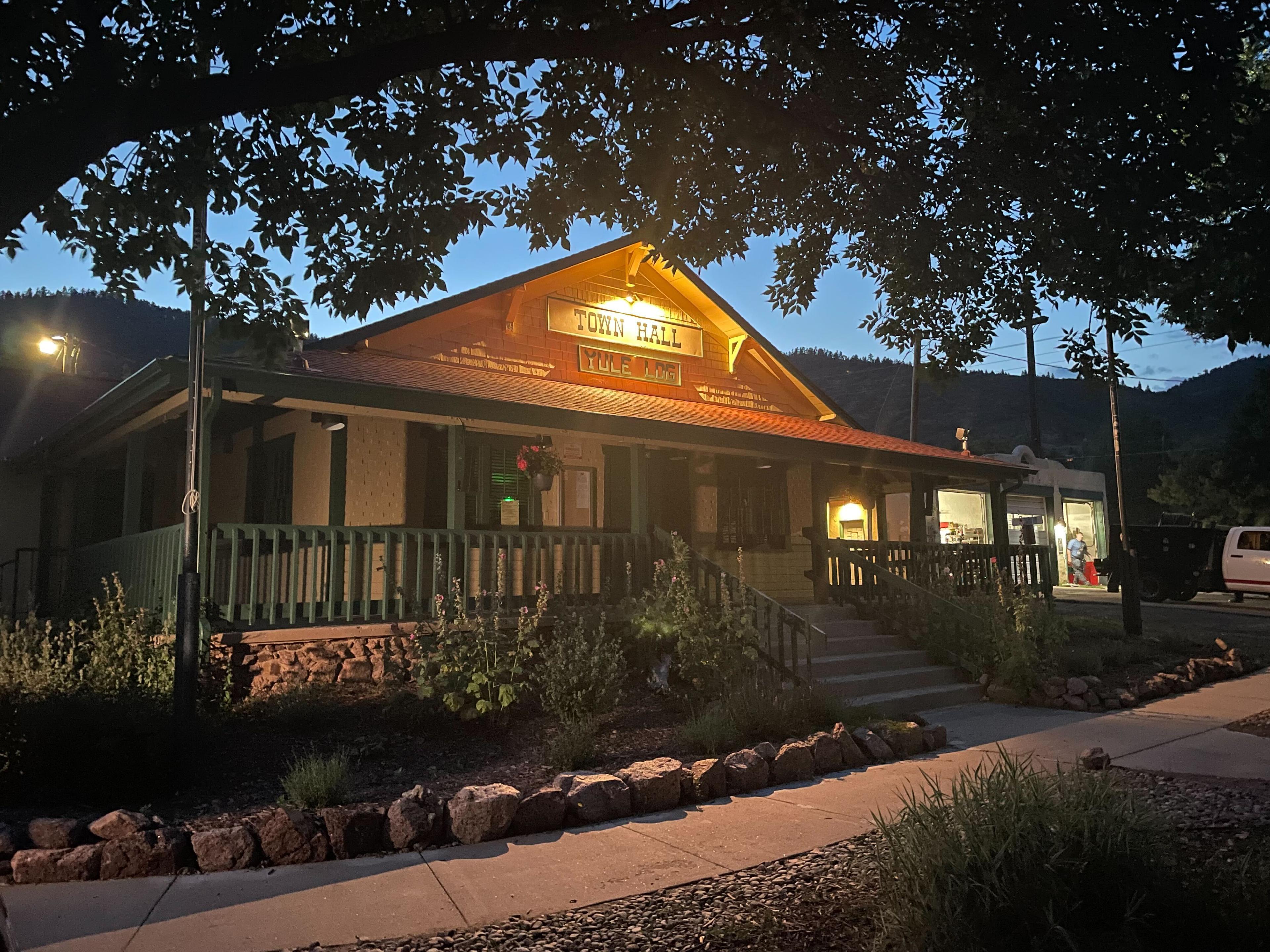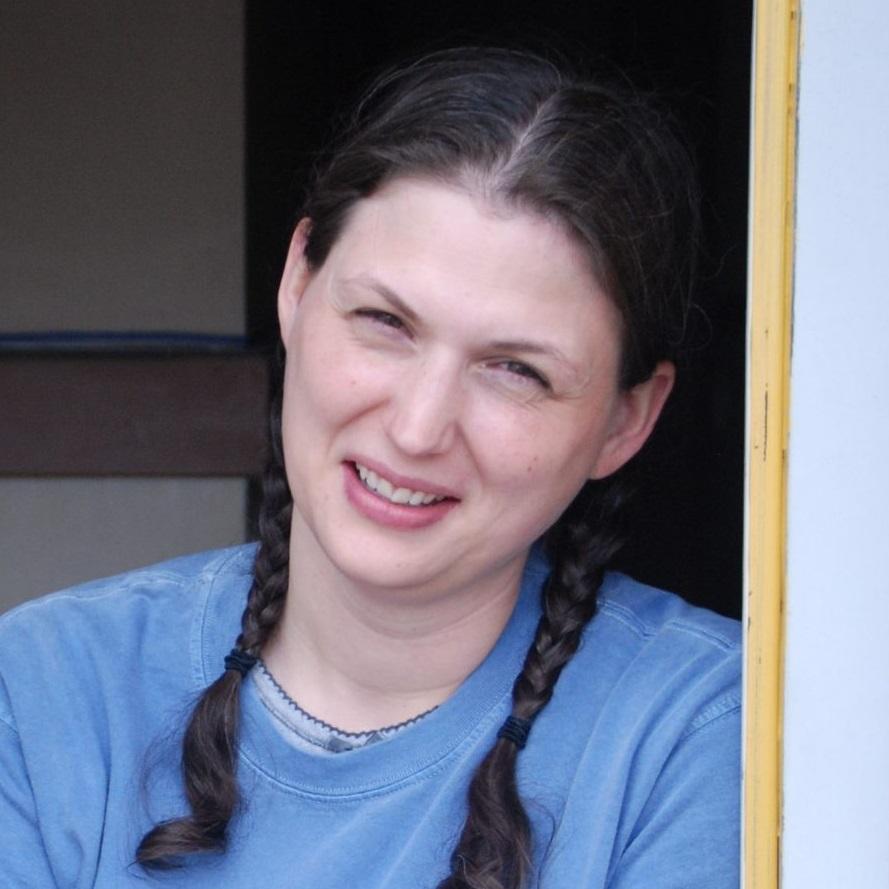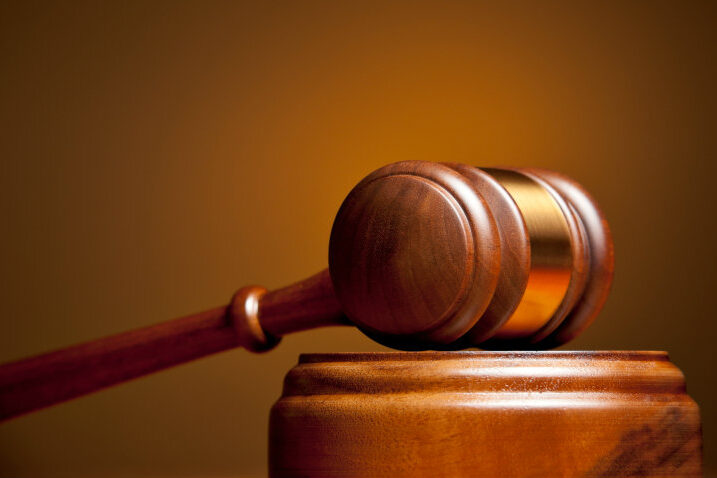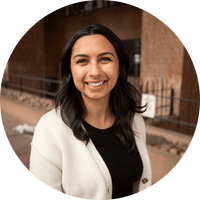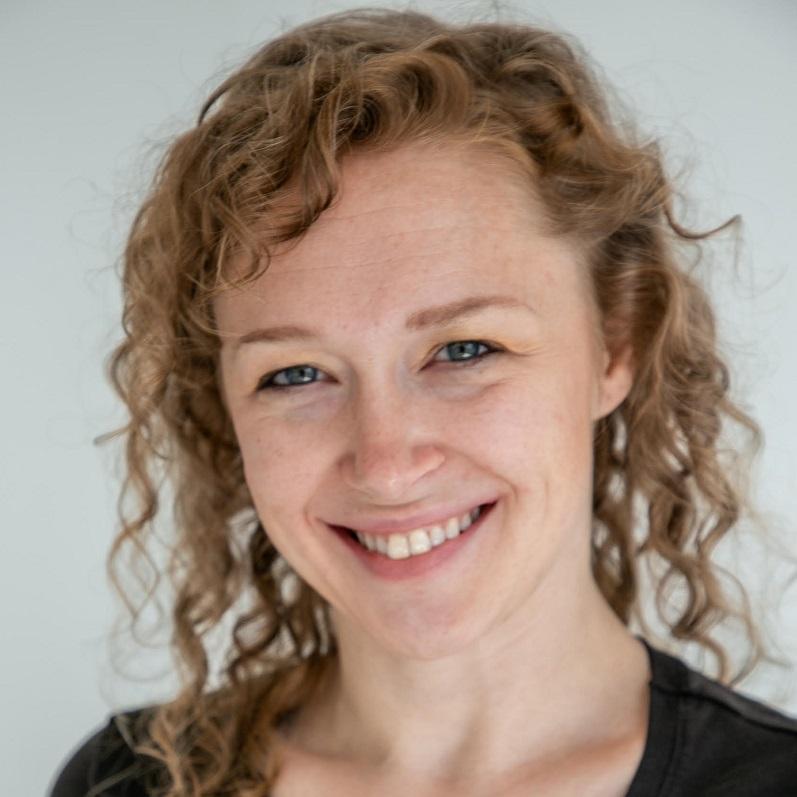
In 2010, when Lisa Saenz moved to Denver's Sun Valley neighborhood, a narrow tract of land sandwiched in between Interstate 25 and Federal Boulevard, she wouldn't let her kids out of the house.
The streets, she said, were too dangerous.
"Unless they had to go to school, I kept them in to be safe," Saenz said. "After awhile of living like that, I kind of got tired of what I was seeing and just started making phone calls."
Those phone calls led to her involvement in the Sun Valley Local Resident Council, where she now serves as president. And her leadership in that group is a big reason why Sun Valley residents now have reason to cheer: the neighborhood, which the city says is its poorest, will be reborn as a transit-oriented community dotted with community gardens and even an international food market.
It's a dream come true for Saenz. Her father was killed when she was nine. Other relatives died from illnesses. And her younger brother, Martin, was shot and killed when she was in her 20s. She says she's the last remaining member of her family along her kids.
"He was my best friend and now he's gone," Saenz said of her brother. "I don't want my kids to grow up living the life we had to live as kids."
$30 Million From Feds
The plan to rebuild Sun Valley was kick-started by a $30 million grant from the U.S. Department of Housing and Urban Development. Details were announced at a press conference Monday.
"It's pretty cool," Denver Mayor Michael Hancock told CPR News.
Hancock started his career at the Denver Housing Authority, where he visited public housing projects in Sun Valley.
"When you talk to the neighbors, they really felt, during my time there anyway, that this is a community that is neglected and left behind. No one really cared much about them," Hancock said.
But those same projects will soon be demolished and replaced by 750 units of mixed-income housing. The housing authority will replace all 333 of the existing public housing units, and create 202 moderate-income units and 215 market-rate units.
Hancock said officials have taken care to ensure residents won't be forced out by rising rents, as has happened in other parts of the rapidly growing city.
"When we look at how we guard against involuntary displacement, a lot of the elements that are recommended by experts and by experience are in place in Sun Valley," he said.
The main element is an emphasis on job creation. Hancock hopes the public money will lead to investment from the private sector; the city will offer loans to help launch new neighborhood businesses.
The plan includes new commercial and retail spaces. An existing light rail stop will continue to connect the neighborhood to downtown.
The street grid will also be redesigned, and a new riverfront park will be built among other new amenities. And the HUD document references a Denver Broncos plan to construct a $351 million entertainment district on the north side of the neighborhood near Mile High Stadium. However, according to the Denver Business Journal, the NFL team called discussion about that project "very preliminary."
The grant process was a very competitive one, said Lourdes Castro Ramirez, HUD's principal deputy assistant secretary. Thirty-four cities applied and five were chosen: Boston, Camden, Louisville, St. Louis -- and Denver.
Saenz said she was always confident Denver would be selected. Now, she said, she hopes Sun Valley will get a new reputation:
"To be recognized as one the best neighborhoods in the city, instead of the worst."
